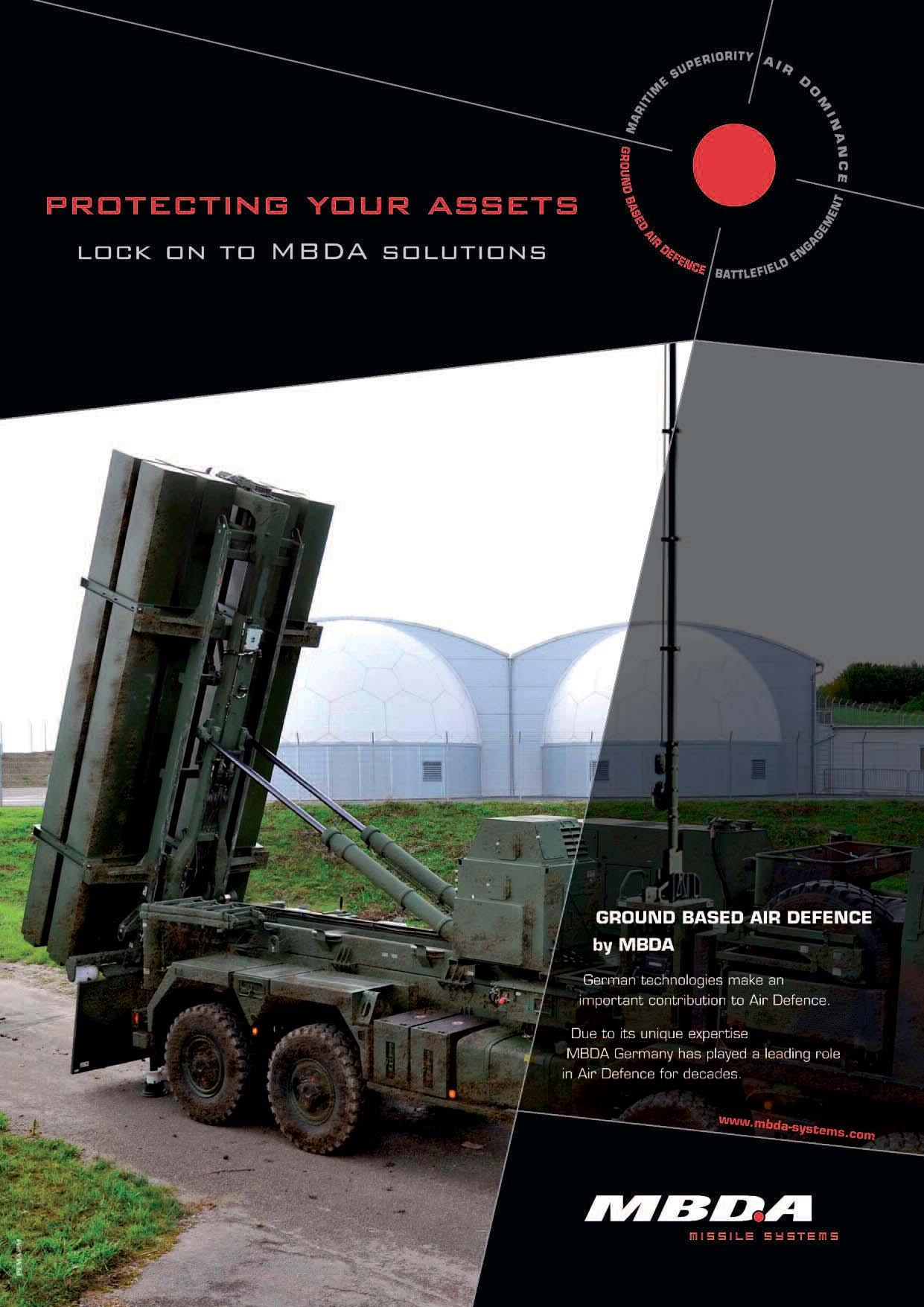
3 minute read
Per Espen Hagen, Kongsberg
Higher performance through technological breakthrough Integration enhances autonomous minehunting
by Per Espen Hagen, Senior Principal Engineer, Kongsberg Maritime, Kongsberg
Autonomous Underwater Vehicle (AUV) systems are already in operational use in many Navies for duties including minehunting. They reduce risk by keeping men out of the minefield, increasing the survivability of personnel and high-value assets. Furthermore, AUVs can easily be transported and operated from crafts of opportunity or from shore, making them rapidly deployable to remote locations.
New capabilities through enhanced technology Previous generations of AUVs only perform detection and classification in one mission. New technology enables identification to be performed in the same mission. Synthetic Aperture Sonar (SAS) allows detection and highly reliable classification over a very wide swath. Real-time SAS processing facilitates the use of automated target recognition to locate possible mines. The AUV can then autonomously re-plan and acquire high-quality optical imagery of any targets detected and classified.
The system
The Kongsberg HUGIN 1000 MR is a multi-role AUV suitable as
part of a mobile, deployable MCM system. It is equipped with
a HISAS 1030 SAS, facilitating mine detection and classifica
tion with an area coverage rate of approximately 2 km 2
/hour.
The standard sensor suite also includes a still image camera for identification, and an EM 2040 multibeam echo sounder that functions as gap filler and as a complementary identification sensor. If the area of operations is not mined, the system can determine this with high confidence; if the number of
Per Espen Hagen has been Senior Prinicpal Engineer at Kongsberg Maritime since 2008. He received his MSc in Signal Processing from the Norwegian Institute of Technology. In 1990, Hagen was employed as a scientist at the Norwegian Defence Research Establishment (FFI), where he worked on AUV related projects dealing with autonomous missile navigation, guidance problems, sonar image analysis, non-traditional navigation, operator interfaces, and synthetic aperture sonar. Joining Kongsberg Maritime, he is now in charge of System Architecture at the AUV Research and Development Department.
mines is small, a safe route may be found. In other cases, mine disposal will be necessary. Traditionally, this will require the presence of clearance divers or a fully equipped MCMV – which may significantly delay e.g. an amphibious landing operation. In an effort to overcome this, Kongsberg has designed a complete, integrated, modular, mobile MCM system. It is based on a HUGIN 1000 MR AUV for detection, classification and identification, and Minesniper expendable mine disposal vehicles for identification and disposal.
The operational performance The whole system can be operated from one 20’ and one 10’ ISO container. Vehicle launch, recovery, charging and maintenance takes place from the 20’ container, while the 10’ container is used for planning, mission control and post-mission analysis (PMA). The system is self-contained; only deck space and power are needed. The system may be transported by air, sea or land. When a target has been classified from HUGIN data, it is sent to the Minesniper system at the click of a button. A Minesniper vehicle can then be guided automatically to the target location with a second click. The operator can compare real-time sonar and video images from the Minesniper with HISAS and still image camera data recorded by HUGIN.
Successful tests The integrated system has been tested in conditions ranging from arctic to tropical. In February – March 2011, the MCM system was transported from Norway to Cairns, Australia and mobilised on board a Royal Australian Navy vessel. Successful demonstrations took place in water depths from 8 to 400 metres; though mainly 15-50 m. Demobilisation took less than a day.












